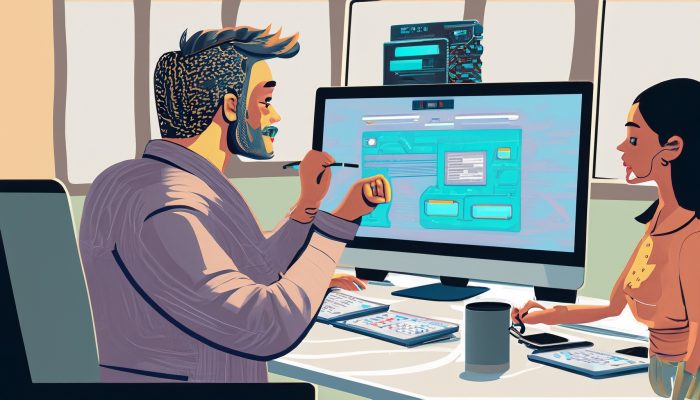LG Smart TV App Development: Avoid These 5 Mistakes

In the rapidly evolving landscape of technology, Smart TVs have become a staple in modern households. With LG being a major player in this market, the development of applications for their Smart TVs has gained significant importance. However, amidst the excitement of creating innovative apps, developers often make critical mistakes that can hinder the success of their projects. In this blog post, we will highlight five common mistakes to avoid in LG Smart TV app development.

1. Neglecting User Experience (UX) Design
One of the most common mistakes in LG Smart TV app development is neglecting the importance of user experience design. Unlike traditional web or mobile applications, Smart TV apps are often used in a more relaxed and lean-back environment. Developers must prioritize intuitive navigation, clear visuals, and easy access to content. Failing to do so can result in frustrated users and low engagement levels.
2. Ignoring Platform Guidelines and Limitations
Each Smart TV platform, including LG’s webOS, comes with its own set of guidelines and limitations. Ignoring these guidelines can lead to compatibility issues, performance issues, and ultimately rejection from the app store. Developers should thoroughly familiarize themselves with the platform’s documentation and adhere to best practices to ensure smooth integration and optimal performance of their apps.
3. Overlooking Remote Control Navigation
Unlike smartphones or tablets, Smart TVs rely on remote controls for navigation. Developers often make the mistake of designing their apps with touch-based interactions in mind, leading to a cumbersome user experience when accessed via a remote control. It’s essential to optimize app navigation for directional inputs, ensuring that users can easily navigate menus and interact with content using a standard remote control.
4. Neglecting Performance Optimization
Smart TVs typically have less processing power and memory compared to other devices like smartphones or computers. Neglecting performance optimization can result in sluggish app performance, long loading times, and crashes, frustrating users and causing them to abandon the app. Developers should prioritize optimizing their apps for performance, including efficient code, resource management, and network optimization.

5. Lack of Testing Across Different Devices and Resolutions
Smart TVs come in various screen sizes and resolutions, presenting a challenge for developers to ensure their apps look and perform consistently across all devices. Failing to test apps across different devices and resolutions can lead to layout issues, distorted visuals, and usability problems. Developers should invest time in thorough testing across a range of devices to identify and address any compatibility issues before releasing their apps to the public.
Conclusion
Developing applications for LG Smart TVs offers exciting opportunities for innovation and reaching a wide audience. However, it’s crucial to avoid common pitfalls that can derail the success of your app. By prioritizing user experience design, adhering to platform guidelines, optimizing for remote control navigation and performance, and conducting thorough testing, developers can create high-quality apps that provide a seamless and enjoyable experience for users. Avoiding these five mistakes will set you on the path to success in LG Smart TV app development.
If you’re looking for webOS development, CONTACT US TODAY!